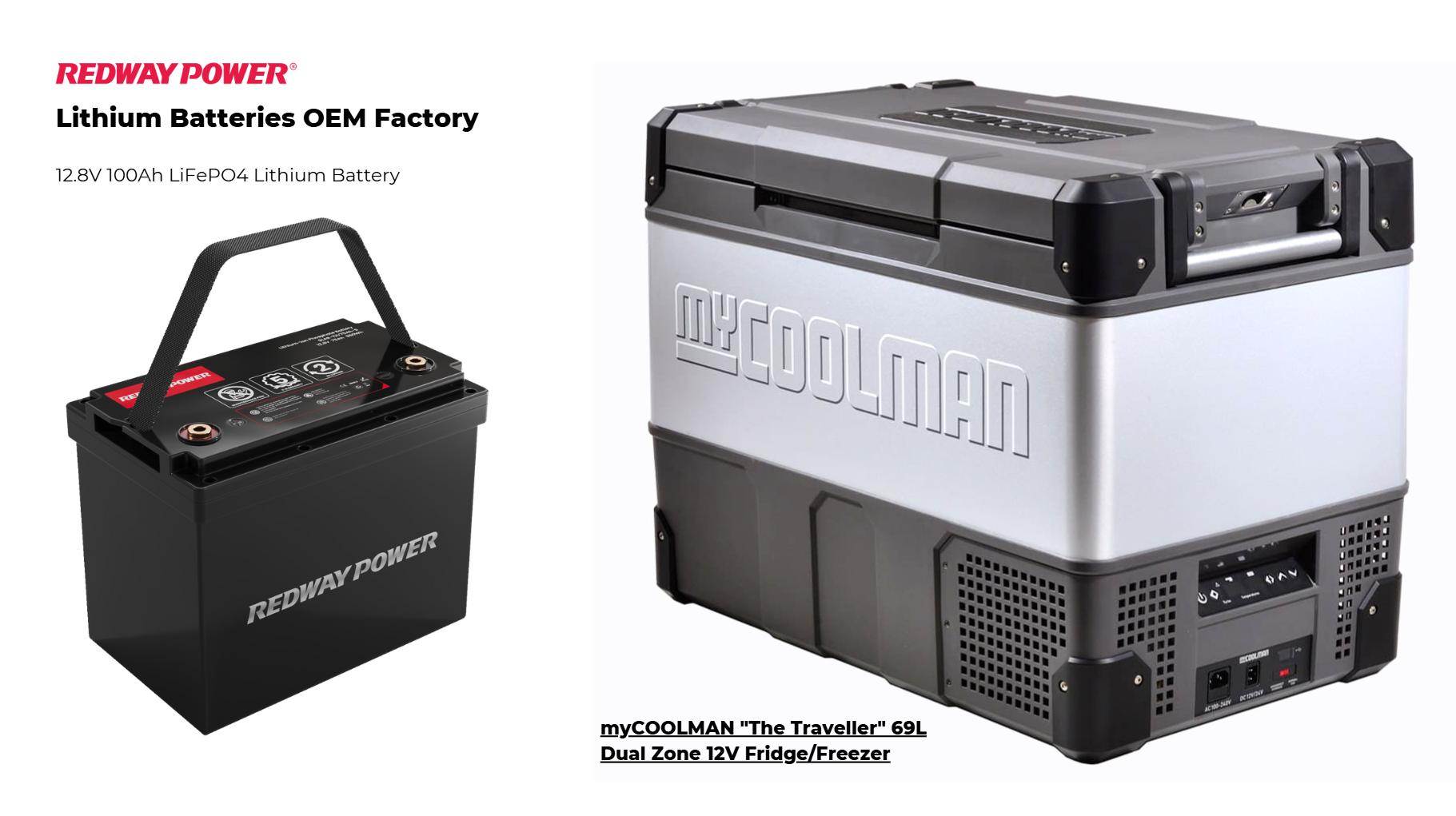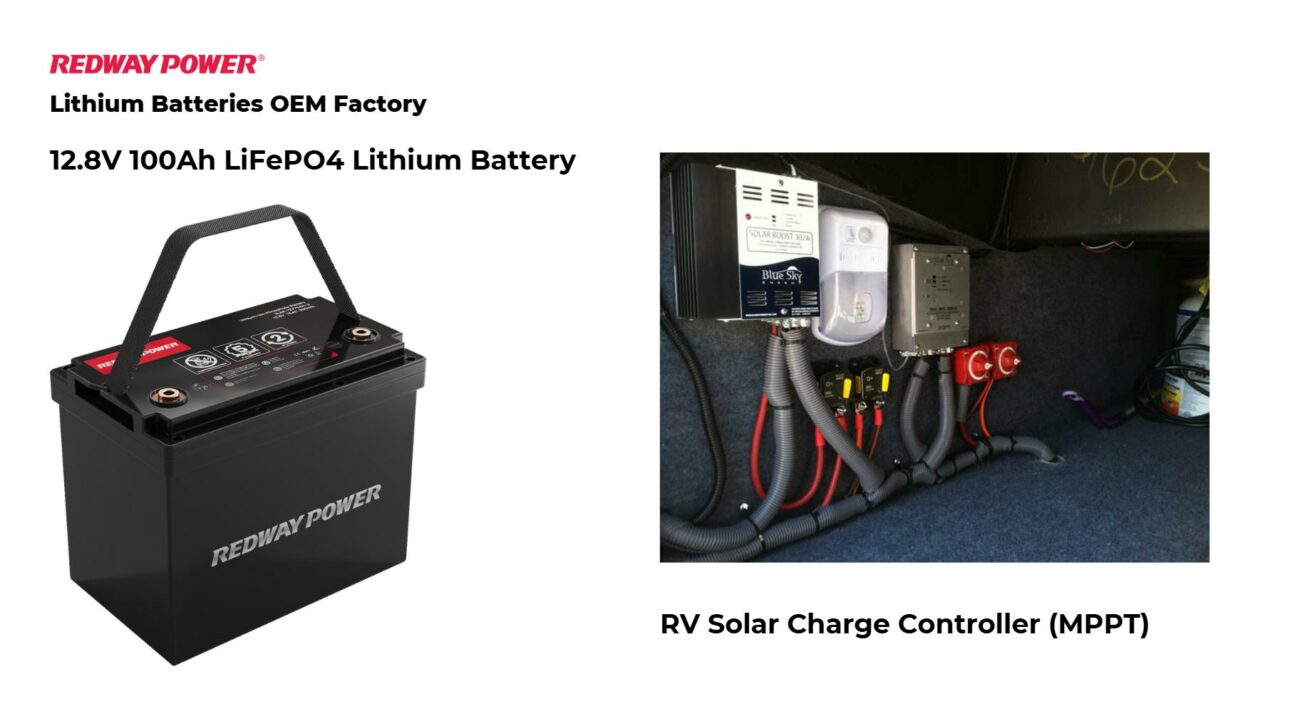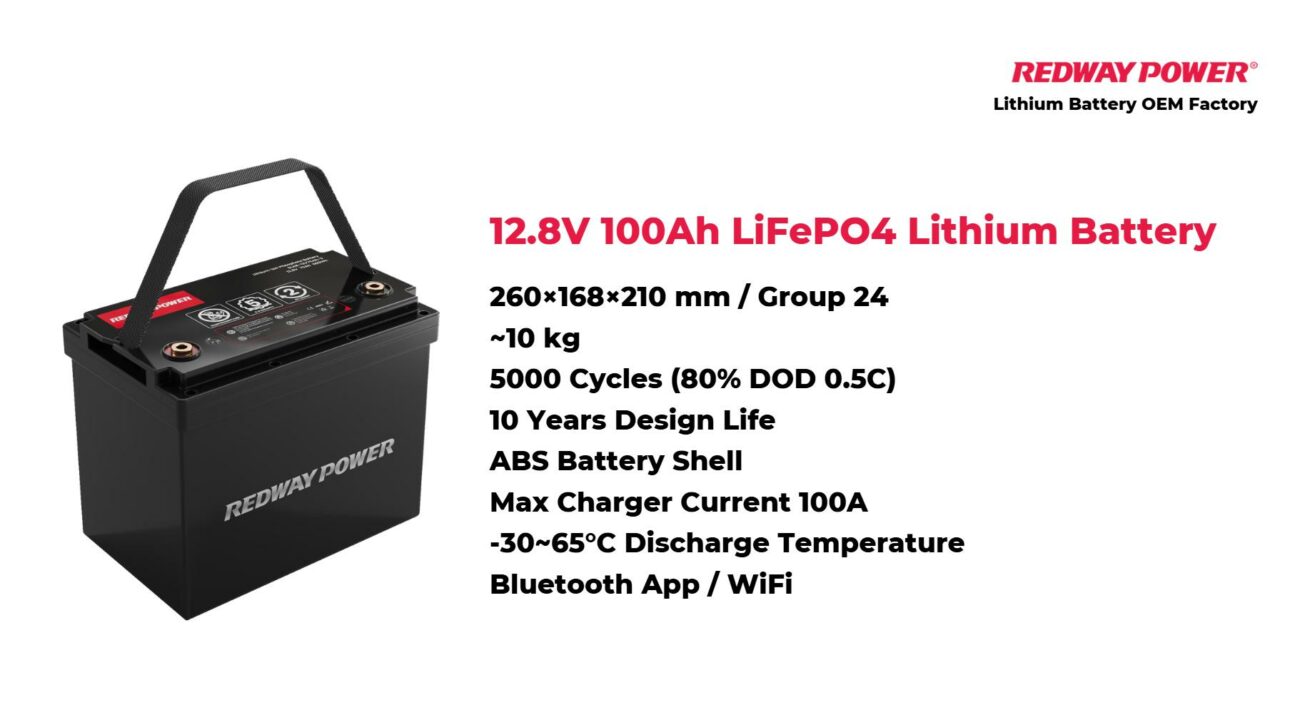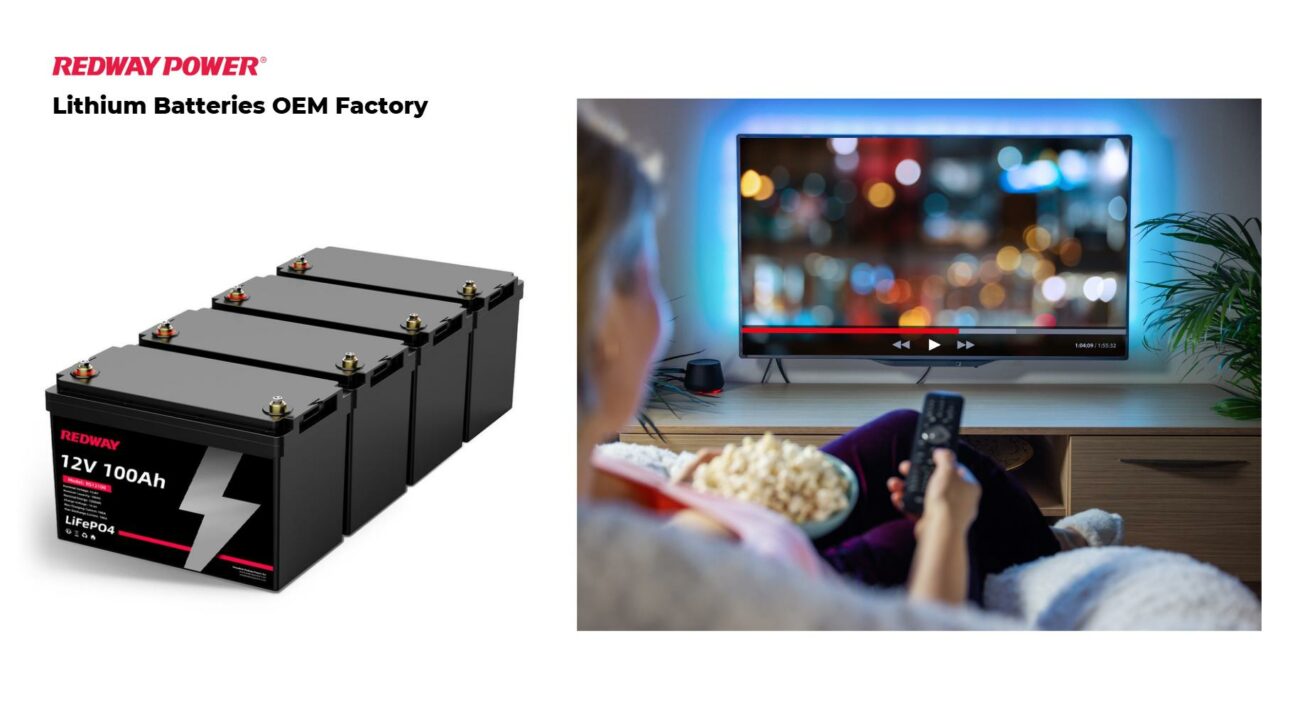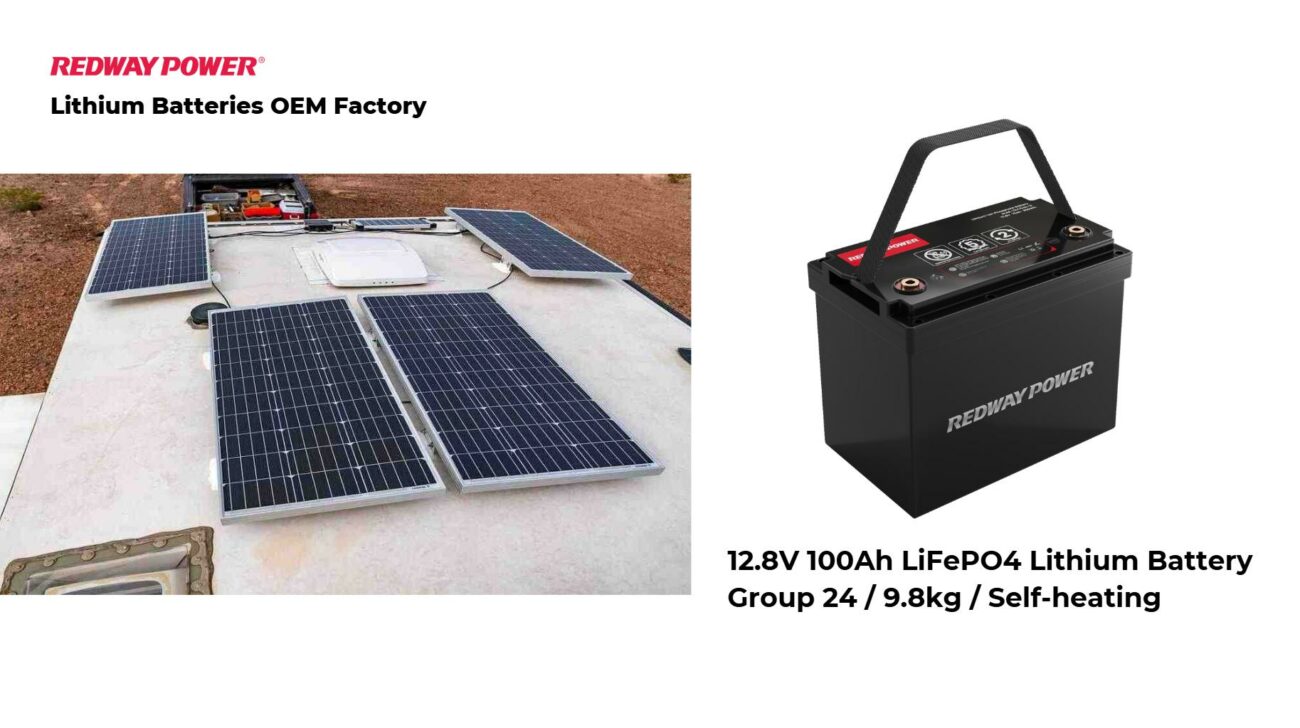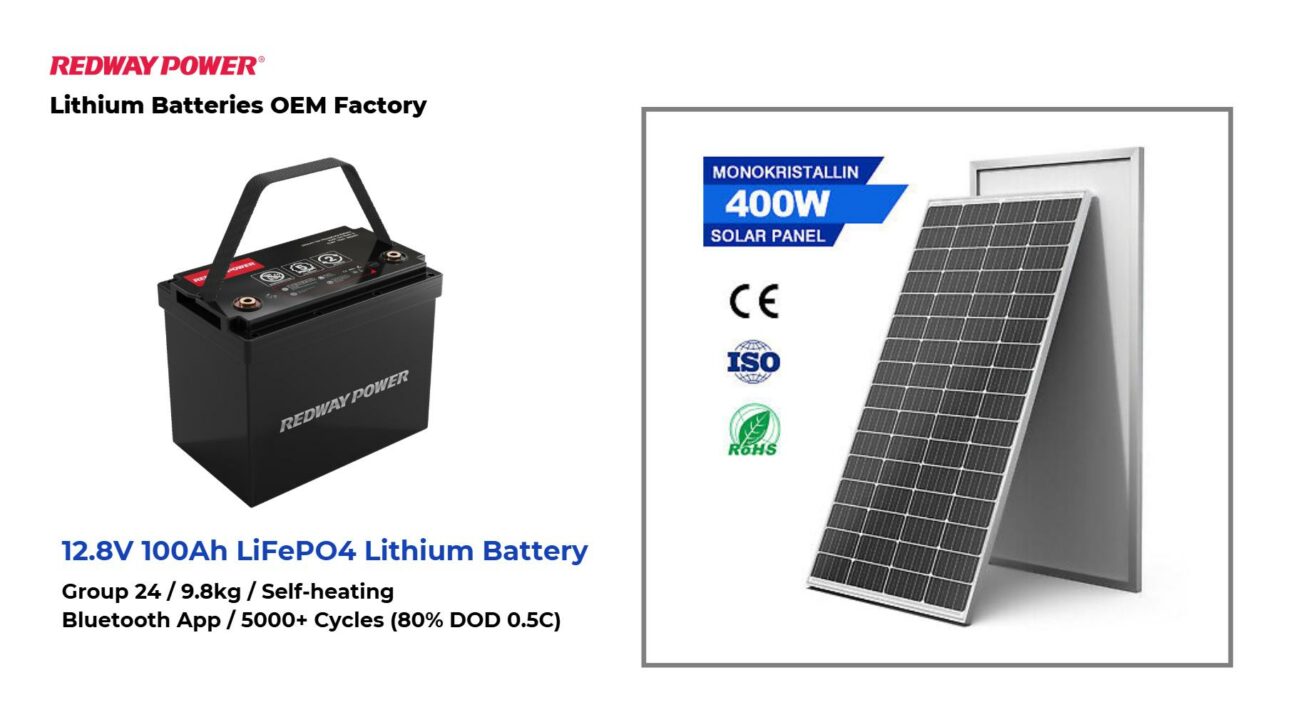When it comes to powering a 12V fridge, determining the correct battery size is essential for optimal performance and convenience. The battery size you need is influenced by several key factors, including the fridge’s average power consumption (measured in watts), the desired runtime before needing a recharge, and the type of battery you are using. In this detailed guide, we will explore these factors to help you make an informed decision on the appropriate battery size for your 12V fridge.
To run a 12V fridge, choose a battery based on its power consumption and daily usage. Most fridges consume between 40 to 100 watts. A common recommendation is to have a battery capacity at least double the fridge’s daily consumption; for example, a 100Ah battery<span class=”animate-in fade-in-25 duration-700″> is often suitable for moderate use.
Understanding Power Consumption and Battery Capacity
Calculating Power Consumption
To accurately size your battery, you first need to understand the power consumption of your 12V fridge. This is usually indicated in watts (W). For instance, a typical portable 12V fridge might consume anywhere from 45 watts to 60 watts. It’s crucial to check the manufacturer’s specifications to get the exact power consumption of your model.
Battery Capacity: Amp-Hours (Ah) vs. Watt-Hours (Wh)
Battery capacity is commonly measured in amp-hours (Ah) or watt-hours (Wh). Amp-hours measure the amount of charge a battery can deliver over a specific period, while watt-hours give a direct indication of how much power the battery can store.
- Amp-Hours (Ah): For a 12V battery, capacity in amp-hours tells you how long the battery can sustain a certain load. For example, a 100Ah battery theoretically provides 100 amps for one hour or 1 amp for 100 hours.
- Watt-Hours (Wh): This measures the total energy stored in the battery. To convert amp-hours to watt-hours, simply multiply the amp-hours by the voltage (12V). For instance, a 50Ah battery at 12V has a capacity of 600Wh.
Choosing the Right Battery for Your 12V Fridge
Battery Types
There are several types of batteries available, each with unique characteristics:
- AGM (Absorbent Glass Mat) Batteries: AGM batteries are popular for their durability and cost-effectiveness. A fully charged 100Ah AGM battery can power a 45-watt portable fridge for approximately 8-12 hours before reaching a 50% depth of discharge. AGM batteries are generally heavier and have a lower depth of discharge compared to other battery types.
- LiFePO4 (Lithium Iron Phosphate) Batteries: LiFePO4 batteries are known for their lightweight and high energy density. A 50Ah or 600Wh LiFePO4 battery can power the same 45-watt fridge for about 8-12 hours before reaching 80% of its capacity. LiFePO4 batteries offer a deeper depth of discharge and longer lifespan compared to AGM batteries, making them a superior choice if weight and space are critical factors.
Determining the Battery Size Based on Runtime
To determine the appropriate battery size, consider how long you need to run your fridge before recharging. Here’s a step-by-step approach:
- Calculate the Power Consumption:
- For a 45-watt fridge running at 12 volts, the power consumption is 45 watts / 12 volts = 3.75 amps.
- Estimate the Runtime:
- If you need the fridge to run for 12 hours, the battery must provide 3.75 amps x 12 hours = 45 amp-hours (Ah).
- Select the Battery Type and Capacity:
- If using an AGM battery, a 100Ah battery would be suitable to provide ample power while allowing for the 50% depth of discharge.
- For LiFePO4 batteries, a 50Ah battery will suffice due to the higher depth of discharge (80%).
Factors Affecting Battery Performance
Several factors can affect how long your battery will last:
- Ambient Temperature: Extreme temperatures can impact battery efficiency. Cold temperatures can reduce battery capacity, while excessive heat can shorten its lifespan.
- Fridge Usage Patterns: Frequent opening of the fridge or placing it in a high-temperature environment can increase power consumption, affecting how long your battery will last.
- Battery Age and Health: Over time, batteries lose capacity. Regularly checking and maintaining your battery can help ensure optimal performance.
Practical Considerations
Battery Maintenance
Proper maintenance of your battery can significantly impact its lifespan and performance. For AGM batteries, ensure they are kept clean and free of corrosion. For LiFePO4 batteries, follow manufacturer guidelines for charging and storage.
Charging Solutions
Investing in a high-quality charger suited to your battery type is essential. For AGM batteries, a smart charger that prevents overcharging is recommended. For LiFePO4 batteries, a compatible charger that provides the correct voltage and charging profile is necessary.
Battery Storage
When not in use, store your battery in a cool, dry place. If possible, keep it charged to prevent deep discharge, which can affect its overall health.
Comparing a 100Ah LiFePO4 Battery and a 12V RV Fridge
Conclusion
Selecting the right battery size for your 12V fridge involves understanding your fridge’s power consumption, the desired runtime, and the type of battery you are using. By accurately calculating these factors and considering the practical aspects of battery maintenance and charging, you can ensure that your fridge operates efficiently and reliably. Whether opting for an AGM or LiFePO4 battery, choosing the appropriate capacity will enable you to enjoy the convenience of a portable 12V fridge without interruptions.



